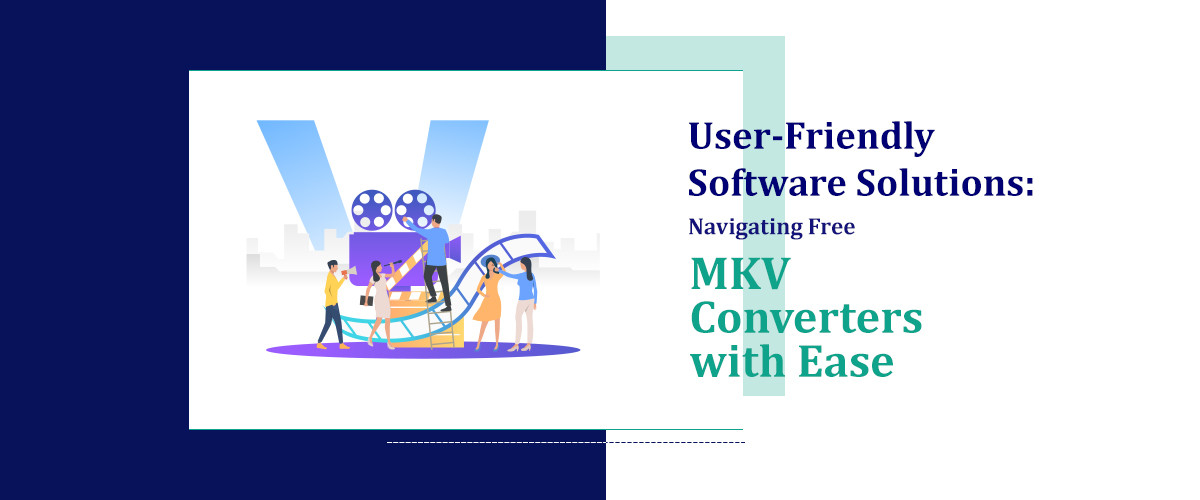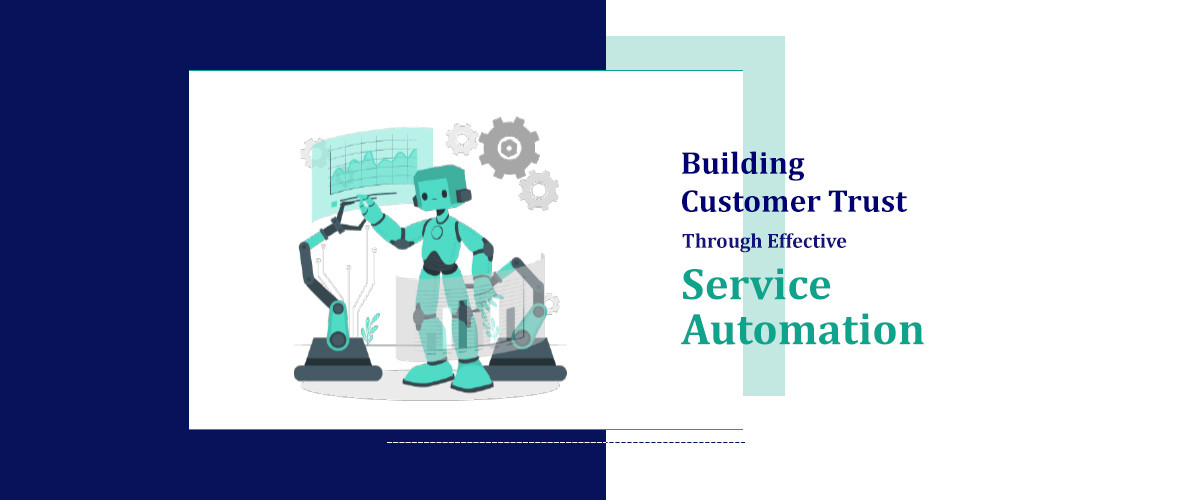What we'll cover
The digital age has made identity management essential to online interactions as it provides a platform that verifies the authenticity of users. This blog explores the detailed interplay between robust security and a seamless user experience.
The Essence of Digital Identity Management
Digital identity management (DIM) means the utilization of technologies for handling and ascertaining the identities of human beings on the internet, a process that ranges from getting into online banking systems to signing up on Facebook. With the rapid increase in our online lives, it implies that there is equally escalating demand for sound and effective DIM systems.
For DM systems to be effective, they must find a way of balancing three important concerns: guaranteeing security, maintaining convenience, and safeguarding user privacy.
Security: The Forefront of Digital Identity
DIM places a strong emphasis on security. The increase in cyber threats and data breaches shows that there is no compromise on the need for strong security measures. Identity Theft Resource Center (ITRC), by 2023, reported that some millions of peoples’ personal information had been compromised across the nation, which necessitates creation of robust identity protective mechanisms.
To enhance security, DIM employs several strategies:
-
Multi-Factor Authentication (MFA): The system called MFA works in such a manner that it requests the users who want to access resources provided by it to proffer two or more authentication factors before allowing entry into the site; this lessens chances of unauthorized entrances into the sites owing to the fact that users are required to know something (password), have something (smartphone), be something (fingerprint).
-
Biometric Authentication: Biometric authentication uses fingerprints, facial recognition, and iris scanning to ensure high security by identifying certain biological characteristics. Consequently, this has made it hard to copy and hence a safe method.
-
Blockchain Technology: You can make DIM a safer place through enhanced security with Blockchain, which decentralizes identity storage and validation with unhackable records. There won’t be any changes because every time a change is made, it’s not detected; thus, it lowers the danger of scams.
Privacy Concerns
Privacy issues are top of mind with the increased use of digital identities. The knowledge of how personal information is utilized and saved has increased. Therefore, by having a heightened concern for user privacy, DIM solutions should be designed to:
-
Data Minimization: The risk of data breaches can be reduced when only necessary information is collected as part of the verification of an identity. This ensures that sensitive personal data are not unnecessarily exposed.
-
User Consent and Control: If their data is under their own control for instance regarding when and who they want to share it with; it is obvious that such users shall have confidence in addition to adhering to set rules. For example to mention the General Data Protection Regulations (GDPR) and now, California Consumer Privacy Act might be acted upon by such people who have been given autonomy over their personal information.
-
Anonymization and Pseudonymization: Some of the strategies include changing the data so that it no longer refers to the individual unless there is extra information which keeps the identity from being disclosed when someone hacks into the system.
User Convenience: A Critical Factor
Although security and privacy are very important, always remember to make things easier for the people using them. When systems are hard to deal with persons would tend to use them in dangerous ways such as repeating the same security passwords. In this regard, DIM should ensure that its security measures do not compromise its usability.
Enhancing User Experience
-
Single Sign-On (SSO): Single Sign-On enables individuals to sign in just once and then move from one website or app to the next one without the necessity of logging in again, this means it has eliminated the need for them to have several passwords hence more convenience on the part of a user without any compromise on his/her safety.
-
Passwordless Authentication: By utilizing technologies like biometrics and secure tokens, passwordless authentication has the ability to simplify the login process while at the same time ensuring the security level is high. Using this method helps minimize the dangers that come with using weak or lost passwords.
-
Adaptive Authentication: This technique alters how authentication rules are interpreted depending on individual user's activity risk. Thus, when logging onto your trusted device, one will be asked for more verification details unlike when unblocking from an unfamiliar place which could prompt for more just to ensure everything is alright in either case. Thus, there is fairness in terms of customer satisfaction but also safety at all times doing so.
The Future of Digital Identity Management
Digital identity management landscape keeps changing, bringing up new technologies and approaches for the endless challenges. Some future trends entails:
-
Decentralized Identities: Blockchain powered decentralized identity models that let people control their identity information without reliance on a central authority. The risk of data breaches that are as a result of centralization gets minimized as such leading to more security and privacy.
-
Artificial Intelligence (AI) and Machine Learning (ML): AI and ML have the ability of sensing and responding to exceptional patterns and potential attacks in real time which add on an extra blanket of protection to DIM systems.
-
Interoperability Standards: To guarantee that users experience seamless and secure service delivery anywhere, who may be using different platforms and services, it is important to come up with interoperability standards that cut across various DIM systems.
Conclusion
In digital identity management, balancing information and cyber security alongwith user convenience is an intricate yet indispensable mission. Secure and user-friendly solutions for DIM can be developed by companies if they make use of sophisticated technologies and value user privacy more. It will be vital for us to maintain this equilibrium in order to safeguard users and build trust with them on digital platforms as long as our online interactions still depend on digital identities.
Digital identity management refers to the process of securely managing and verifying identities online, ensuring that individuals and organizations can access digital resources securely.
It balances security by implementing robust authentication methods like multi-factor authentication (MFA) while ensuring user convenience through seamless, user-friendly login experiences.
Challenges include protecting against identity theft, maintaining user privacy, complying with regulations like GDPR, and adapting to evolving cybersecurity threats.
It enhances security, builds trust with customers, reduces fraud, and improves operational efficiency by automating identity verification processes.
Technologies include biometrics (like fingerprint and facial recognition), cryptographic methods (like public-key infrastructure), and identity and access management (IAM) solutions to ensure secure and seamless user authentication and authorization.




